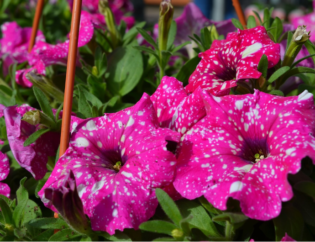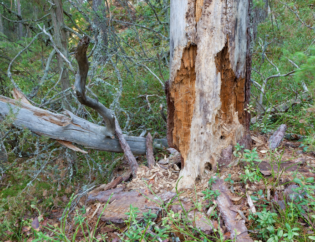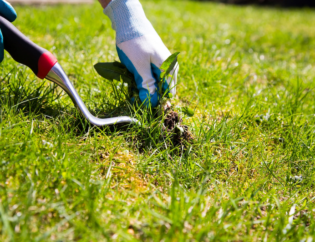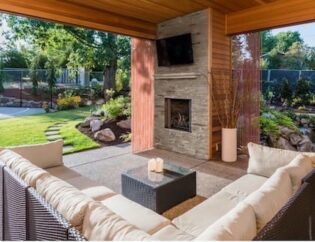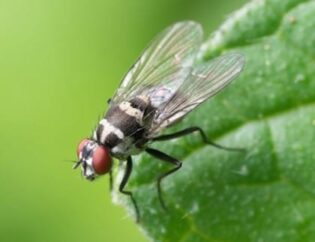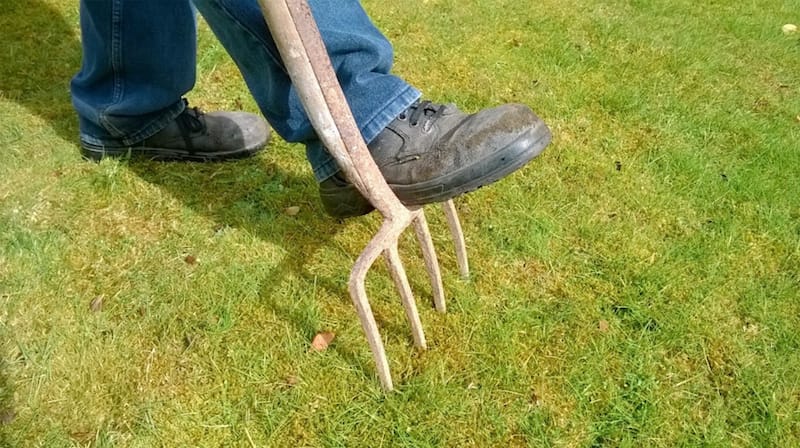
Why Aerating Helps Your Lawn
Your lawn takes a lot of work to keep it looking amazing. Seed, water, fertilizer, and mowing are all part of healthy lawns, but what happens when your soil starts to compact too much?
When this happens, it's time for something you might not hear much about, but can make all the difference in keeping your lawn looking its best. Aerating your lawn can alleviate the problems of compacted soil and should be a part of your annual lawn care agenda. Check out these benefits of lawn aeration.
Why Aerate Your Lawn?
Just like any plant, grass needs nutrients, water, and air to grow into a thick green lawn. Compacted soil can inhibit your lawn's roots from growing thick and deep. Aeration adds holes in the soil to help mitigate compacted soil and allow nutrients, water, and air to reach the roots of your lawn.
Lawns get compacted by things like pets or kids playing on it. Small equipment or vehicles driven on the lawn plays a large part as well, especially if your home is newly constructed. All of these are reasons to get your lawn aerated.
When to Aerate Your Lawn?
The best time to aerate and overseed a lawn is around the time the grass reaches peak growing time. You never want to aerate dormant grass, as that would overstress your lawn. Northern lawn's peak growing times are early fall or early spring, while southern lawns are late spring or very early summer.
If you ask how often you should aerate your lawn, you should do it once a year, during peak growing time. After you aerate is the best time to over seed your lawn or make easy lawn repairs, making sure your grass growth is lush and thick. Don't forget to water your lawn before you aerate, or do it after it rains, as that will ease the process of aeration.
How to Aerate Your Lawn?
There are three main avenues for aerating your lawn. You have "aerator sandals" you can buy to wear while doing yard work. Then there are spike aerators that poke holes in the soil using spikes. They work well on a small scale, but spike aerator machines can cause more compaction than they relieve.
Slicing aerators are better, as they slice through the thatch and the soil. They leave the soil in place but still make a path for the grass to get everything it needs without soil compaction. This might be a better solution for a homeowner than spike aerators.
Core or plug aerators tend to be the preferred method for lawn care specialists. They use rows of hollow tines that pull cores from the lawn that then breakdown when left on the surface. These cores then release hoarded nutrients back into the grass.
Aerating Helps Your Lawn Thrive
When you aerate and overseed your lawn, you promote thick, healthy growth in the grass. It's a nice annual treat you can give your lawn for all the hard work it does for you.
If you think it’s time for lawn aeration on your property, then don't forget to stop by Atlanta Turf & Tree for an appointment today.

